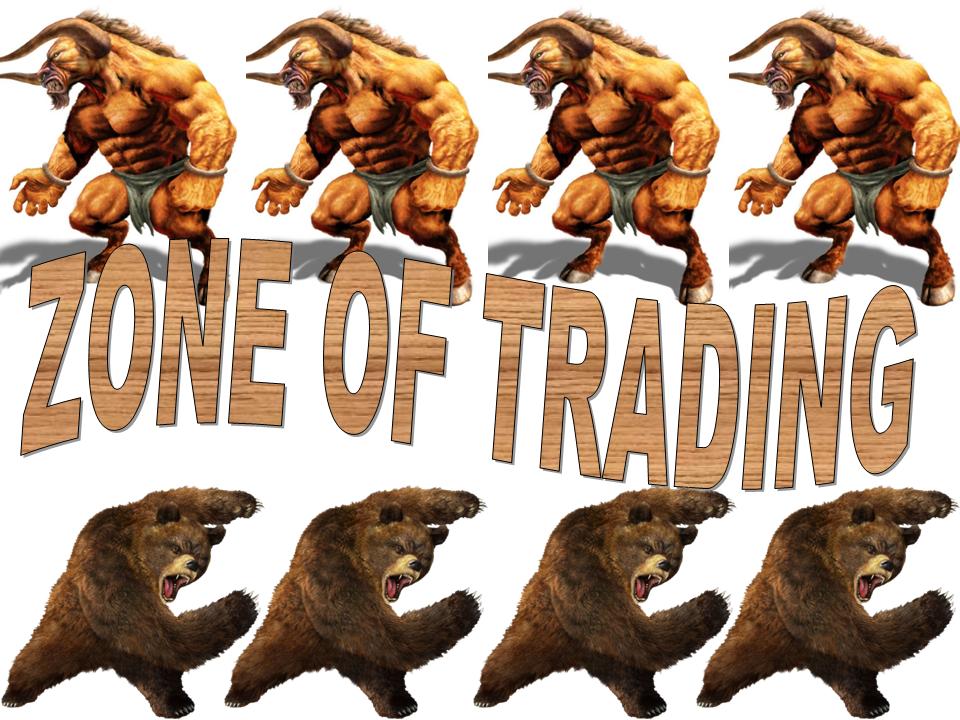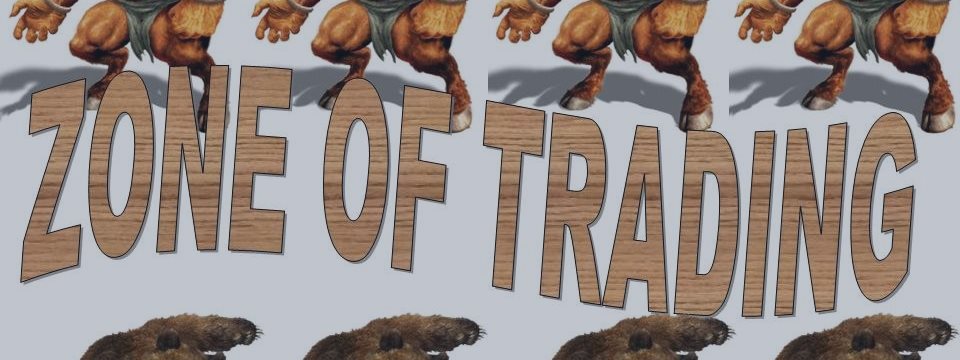ZONE OF TRADING:

ZONE OF TRADING: It is a zone indicator, which shows seven areas that help us decide the operational, depending on which area oil prices rise, we may take one or other operational decision.
The area is constantly updated and allows an updated view of the market.
Parameters:
Bars_show: Displays the number of bars that the dead zone in the chart
ZONES:
1)RANGE ZONE: Operational zone, this area is in the price range and is therefore not recommended for operational trend area. Better wait until the price falls within one of the two zones of alert.
2) BULL PULLBACK ZONE: Warning area, the price can break or make a pullback, in this case the bull zone. An aggressive trader can already positioned for the trend to enter this area, an operator looking to operate the pullback pullback if after entering this area the price returns to the inoperative area.
3) BEARISH PULLBACK ZONE: Warning area, the price can break or make a pullback, in this case in the bear zone. As with the bull area, this area is for operators to run the risk or pulbback to lose, thinking the price was rejected.
4) BULL BREAK ZONE: Bull area rupture, in this area you can break the price but it is advisable to wait for the confirmation area. In this area the price has made a break and an operator can enter the market long or be expected to confirm the price break.
5) BEARISH BREAK ZONE: Area bear break in this area can break the price, but it is advisable to wait for the confirmation area. We also have the bear area, which allows us to position ourselves for the tendendia or wait for confirmation.
6) BULL BREAK CONFIRMED ZONE:This area has confirmed the break and would be a clear buy signal. In this area there is a clear buy signal, an operator of low risk to this area expected to enter the market and wait for the price to return to the area pullback to get out of it.
7) BEARISH BREAK CONFIRMED ZONE: This area has confirmed the break and would be a clear sell signal. Operaramos this area similar to the way Antério, also leaving to return to the area of pullback.
Let's see an example of how you can take a BULL break.
The following is an example of bear break.
Greetings Raul.



